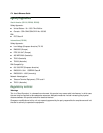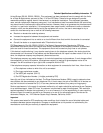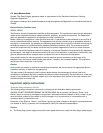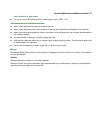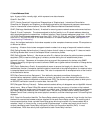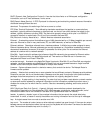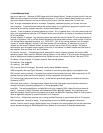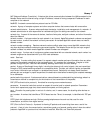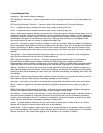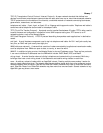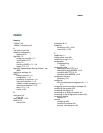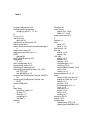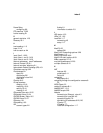4 User’s Reference Guide
hop count reduction: A feature of AURP supported by the Netopia Router. Tunnels and point-to-point links over
WANs can often exceed the maximum allowable hop count of 15 routers. Network administrators can use the
hop count reduction feature to set up tunnels and point-to-point links that exceed the 15-router limit.
host: A single, addressable device on a network. Computers, networked printers, and routers are hosts.
host computer: A communications device that enables users to run applications programs to perform such
functions as text editing, program execution, access to data bases, etc.
internet: A set of networks connected together by routers. This is a general term, not to be confused with the
large, multi-organizational collection of IP networks known as the Internet. An internet is sometimes also known
as an internetwork.
internet address, IP address: Any computing device that uses the Internet Protocol (IP) must be assigned an
internet or IP address. This is a 32-bit number assigned by the system administrator, usually written in the form
of 4 decimal fields separated by periods, e.g., 192.9.200.1. Part of the internet address is the IP network
number (IP network address), and part is the host address (IP host address). All machines on a given IP
network use the same IP network number, and each machine has a unique IP host address. The system
administrator sets the subnet mask to specify how much of the address is network number and how much is
host address. See also Class A, B, and C networks.
IP (Internet Protocol): A networking protocol developed for use on computer systems that use the UNIX
operating system. Often used with Ethernet cabling systems. In this manual, IP is used as an umbrella term to
cover all packets and networking operations that include the use of the Internet Protocol. See also TCP/IP.
IP address, IP host address, IP network address: See internet address.
IP broadcast: See broadcast.
IP tunneling: See AURP.
IPX (Internet Packet Exchange): A protocol used by Novell NetWare networks.
ISDN (Integrated Services Digital Network): A method of transmitting data digitally over telephone lines.
ISP (Internet service provider): A company that provides Internet-related services. Most importantly, an ISP
provides Internet access services and products to other companies and consumers.
ITU (International Telecommunication Union): United Nations specialized agency for telecommunications.
Successor to CCITT.
LAN (local area network): A privately-owned network that offers high-speed communications channels to
connect information processing equipment in a limited geographic area.
LocalTalk: The cabling specification for AppleTalk running at a speed of 230.4 kbps (kilobits per second).
MacIP: A protocol in which IP packets are encapsulated within AppleTalk headers, for transmission over
AppleTalk networks. MacIP requires the presence of at least one AppleTalk–IP gateway. MacIP is usually used to
allow an AppleTalk computer to communicate with an IP computer.
MacIP client: A Macintosh computer that is using the MacIP protocol to communicate with an IP computer.
MIB (management information base): A standardized structure for SNMP management information.
modem: A device used to convert digital signals from a computer into analog signals that can be transmitted
across standard analog (not ISDN) telephone lines. Modem is a contraction of modulator-demodulator.



